Guide to Managed Service Providers
Guide to Managed Service Providers
 What is a Managed Service Provider?
What is a Managed Service Provider?
A Managed Service Provider maintains and manages your IT systems, including virus protection and control, day-to-day hardware and software administration, disaster recovery, operational efficiency, and end-user support.
MSP can provide the necessary technology to take your company to the next level. They assist your organization in transitioning to the digital age with optimum stability and control, allowing you to scale your business without incurring increased IT costs.
Managed Service Providers (MSPs) are responsible for providing their clients a wide range of IT services and support. The specific responsibilities of an MSP can vary depending on the needs of the client, but here are some of the primary responsibilities that an MSP may undertake:
- Handling the management of IT infrastructure
- Adding cybersecurity measures to IT
- Providing technical support to staff
- Managing user account access
- Offering risk and compliance management
- Handling contract management
- Providing payroll services
How do MSPs work?
Managed service providers (MSPs) function as crucial partners in achieving organizational goals, offering tailored managed IT services for small businesses. As a leading managed IT services company, an MSP assesses a company’s current technical landscape, identifies areas for improvement, and seizes opportunities for enhancement.
Under a Service Level Agreement, an MSP delivers comprehensive IT-managed services, including help desk support, monitoring, security training, ongoing maintenance, and reporting. This agreement sets clear parameters for performance targets, response times, security assurances, and cost-effectiveness, ensuring a balanced approach to meeting the organization’s needs within its budget. With managed IT solutions from a trusted managed IT service provider, businesses can streamline operations, enhance security, and optimize their IT infrastructure for sustainable growth.
What does a managed service provider do?
Managed Service Providers (MSPs) work by providing a range of IT services to businesses, typically on a subscription or contractual basis. MSPs take care of the day-to-day IT needs of their clients, allowing them to focus on their core business operations.
A managed service provider augments your IT department to maintain, service, and support everything internet-related for your business, from configuring new devices to maintaining connectivity and supporting your infrastructure. On a high level, MSPs:
- Offer 24/7 remote system monitoring
- Provide End User Computing Support (desktop PCs, laptops, mobile devices)
- Support your IT infrastructure, including servers (physical and virtual)
- Monitor, update and maintain IT systems security
- Fix network or internet problems
- Accountable for data security, backups, and data recovery
- Office 365 setup, hosting, and management
- Mitigate risks related to data security, and cyberattacks
- Report a monthly summary of your issues, preventive/restorative steps taken, and advice for future planning.
- Create a Disaster Recovery Plan as part of your Business Continuity Strategy.
An MSP guarantees that you and your employees can access the internet, communicate with each other, manage data transfers, and maintain one or more websites. An MSP keeps your IT up-to-date, essential to the processes of marketing your products or services, driving sales and support for your customers, and completing all of the back-end administrative tasks related to inventory, data analysis, and more. Partnering with the right MSP means more security, service, productivity, and love from your user community.
 Why Should you hire an MSP?
Why Should you hire an MSP?
Traditionally, MSPs gained acceptance as companies tried cutting IT support and maintenance costs. Managing IT for a decent size business will need varying skill sets, in-house technical staff costs, hiring costs, tools/training costs, and other benefits for any permanent employees like insurance. An MSP, on the other hand, is cost-effective and efficient.
Plus, their cost is predictable. High-quality Managed IT Service Providers charge a flat monthly rate for proactive monitoring and maintenance of your workstations, servers, and IT infrastructure. Moreover, a proper IT-managed service provider aims to minimize IT downtime by preventing issues before they happen.
An IT service provider can also help you determine where you’re wasting money in “Nice-To-Haves or outdated systems” For example, perhaps you’re using an outdated Wi-Fi router, and maybe increasing your network’s bandwidth won’t provide you the expected result. Remember, working with an IT service provider will equip you with the latest trends and tech expertise. You can make well-informed decisions and find ways to cut costs and boost your team’s productivity
Some common signs you should hire a managed service provider.
- IT cost is skyrocketing
- Extra support for remote employees
- Limited IT staff
- Need help migrating
- Facing excessive downtime
- Want to grow strategically
- Lack of system monitoring
- Lack of compliance
Finally, with managed services, you’ll never have to worry about falling behind regarding your regulatory or legislative compliance. MSPs keep you updated with compliance laws, regulations, and procedures and thus avoid potential fines.
How much do managed service providers charge?
Prices for managed IT services can vary from company to company, and many factors can influence how much you’ll be invoiced. For example, the more users you have, the more devices (like desktops, laptops, tablets, printers, etc.) and licenses you must manage. Your MSP can define the cost model per user by knowing what you want to be addressed. Here are the most common cost models.
- Fixed Price or Flat Rate
- Per-User
- Per Device
- Metal Grading or Tiered
- Customized
Understanding that the best offering from an MSP will include a service that provides a high level of business availability paired with strategic thinking and advice is vital. And this will be at a cost that is considered less than the cost of downtime and consulting packages.
Even better, if your MSP charges you a fixed price, irrespective of downtime episodes or maintenance calls. Many MSPs charge or include X hours per month; if the client goes beyond, they pay extra. Actual MSPs always charge a flat rate.
Final Thoughts
A Managed IT Service delivers outsourced support, maintenance, and monitoring of your critical infrastructure and end-users. They augment you with the right expertise, including proactive device management to minimize future issues and reactive support when needed most. MSP supports your staff wherever using your technology, whether a more significant server or minor user issue. Also, MSPs can facilitate shifts and thrive in the post-COVID world by embracing innovation, flexibility, and agility.
And, like all relationships, you need to review your engagement to critically guarantee value for your money. Modern businesses leverage technology to stay competitive. So, your MSP must remain at the top of its game to keep your technology reliable. And we often hear from businesses working with their current provider for years but are too nervous about finding an alternative partner.
Changing providers comes with a perception of a complicated process that involves days of IT downtime and business disruption. Surprisingly or not, switching your MSP can be a cakewalk when you find the right partner.
If you are unsure of your MSP, we will audit and discover your potential areas of improvement.
We start every engagement with a discovery process to identify your business goals, risk areas, and technological priorities. We then create a strategic plan mapped to your business goals and provide ongoing monitoring and measurement to track the success of our solution.
Protected Harbor’s team of engineers, consultants, and certified technicians work with you to implement the best-fit technology to meet your organizational goals. You benefit from working with one trusted partner who understands your unique organizational goals.
Protected Harbor manages your IT infrastructure from soup to nuts. We’ve covered everything from email to teleconferencing, website hosting, cloud storage, and computer repair. We stay on top of your technological demands daily, keeping the lights on and providing strategic guidance to higher-ups.
If you’re looking for hudson valley new york manage service provider, or in rockland county, then you are at the right place. Protected Harbor offers customized IT solutions to businesses looking to scale their technology, and we’re on a mission to give you the best customer service possible. To do that, we are constantly innovating to make sure you have the best experience with our products.
As one of our customers, you can expect excellent service, quick response times, and an eager team to help. We are not your average MSP. We are engineers, software developers, analysts, designers, and lifelong learners. We offer a tailored approach to managed services that meet each client’s unique needs. Contact us today for a free IT Audit.





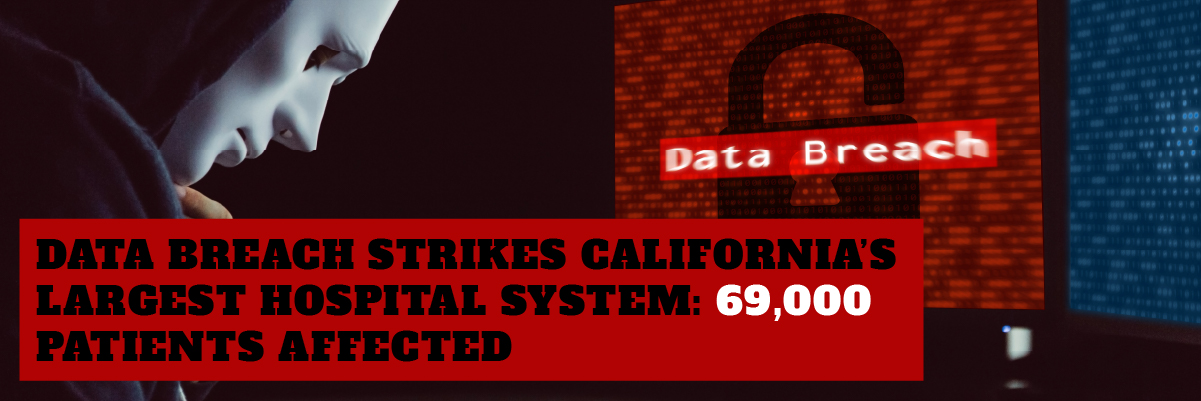




 Implementing dynamic
Implementing dynamic 
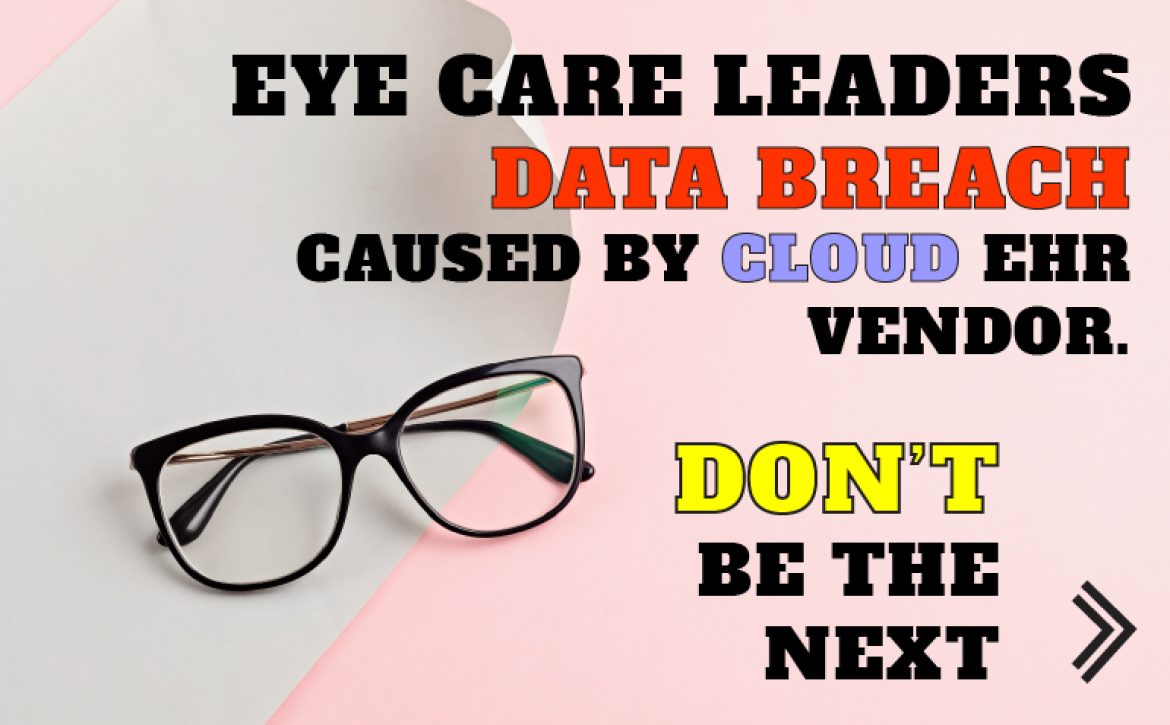

 The databases and system configuration files for Eye Care Leaders, a manufacturer of
The databases and system configuration files for Eye Care Leaders, a manufacturer of  Protected Harbor’s Take On The Matter
Protected Harbor’s Take On The Matter
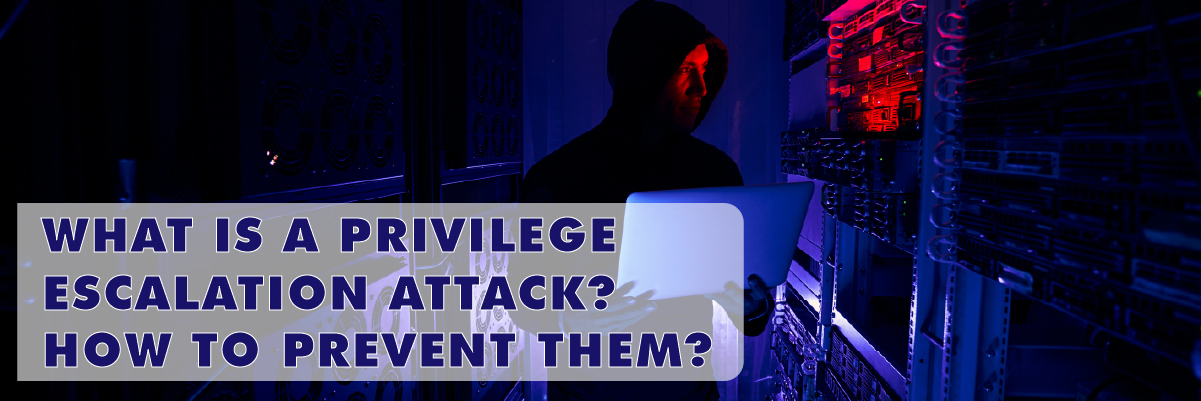
 Privilege escalation is a vulnerability used to access applications, networks, and mission-critical systems. And privilege escalation attacks exploit security vulnerabilities and progressively increase criminal access to computer systems. These attacks are classified into vertical and horizontal privilege escalation based on the attack’s objective and strategy. There are several types of privilege escalation attacks, and each of them exploits a unique set of vulnerabilities having its own set of technical requirements.
Privilege escalation is a vulnerability used to access applications, networks, and mission-critical systems. And privilege escalation attacks exploit security vulnerabilities and progressively increase criminal access to computer systems. These attacks are classified into vertical and horizontal privilege escalation based on the attack’s objective and strategy. There are several types of privilege escalation attacks, and each of them exploits a unique set of vulnerabilities having its own set of technical requirements. The goal of the privilege escalation attack is to get high-level privileges and find entry points to critical systems. There are various techniques attackers use for privilege escalation. Here are three of the most common ones.
The goal of the privilege escalation attack is to get high-level privileges and find entry points to critical systems. There are various techniques attackers use for privilege escalation. Here are three of the most common ones.
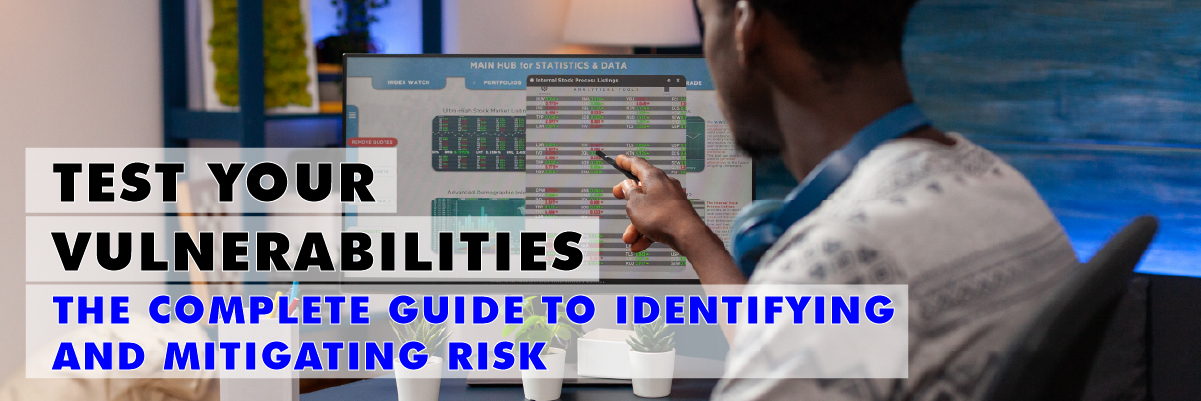
 Vulnerability Assessment helps you identify, assess, and analyze security flaws in applications and IT infrastructure. We provide vulnerability assessment services through reliable tools to scan vulnerabilities and give in-depth and accurate final reports.
Vulnerability Assessment helps you identify, assess, and analyze security flaws in applications and IT infrastructure. We provide vulnerability assessment services through reliable tools to scan vulnerabilities and give in-depth and accurate final reports.
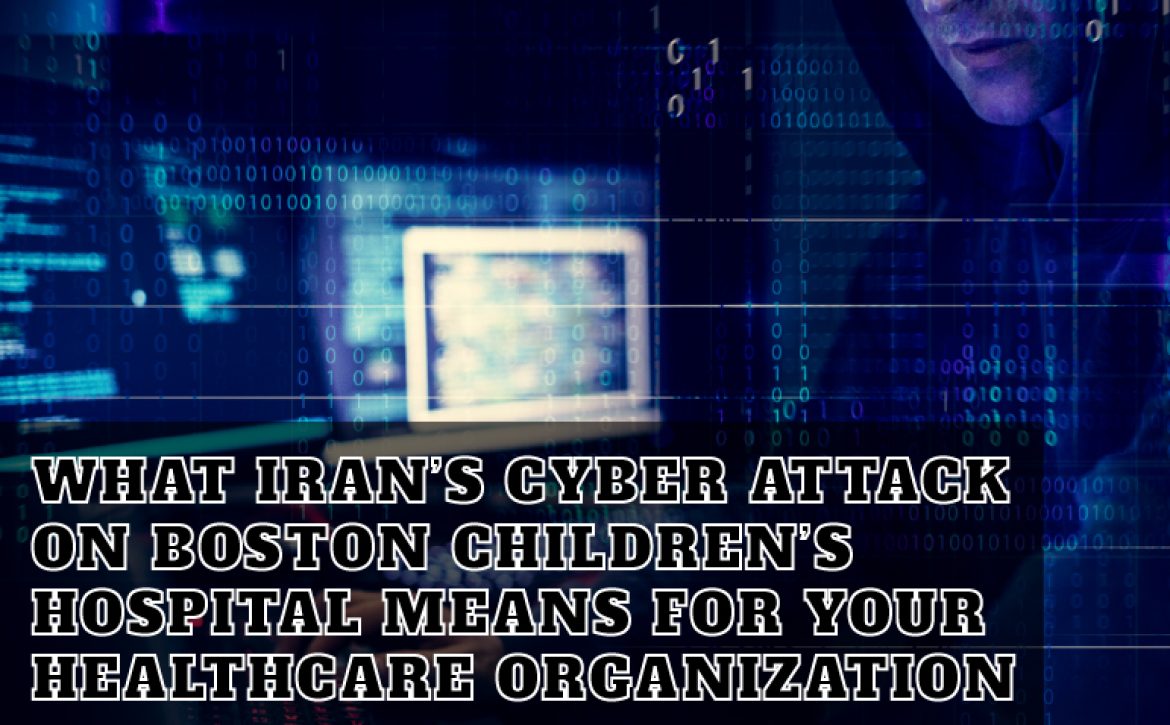

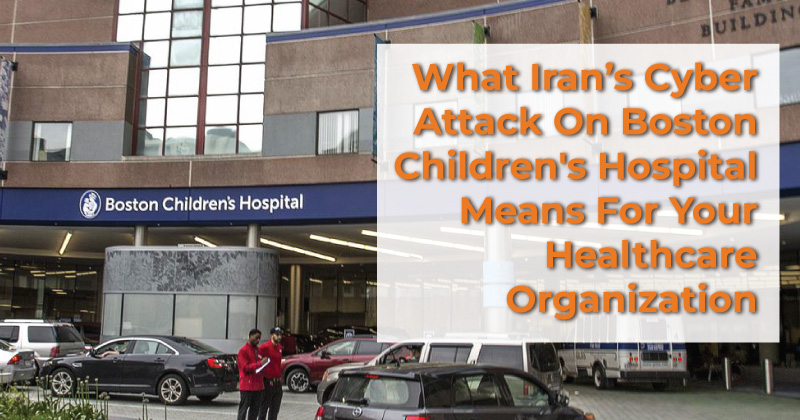 Wednesday, June 1st, At a Boston College
Wednesday, June 1st, At a Boston College  Protected Harbor’s Take On The Issue
Protected Harbor’s Take On The Issue
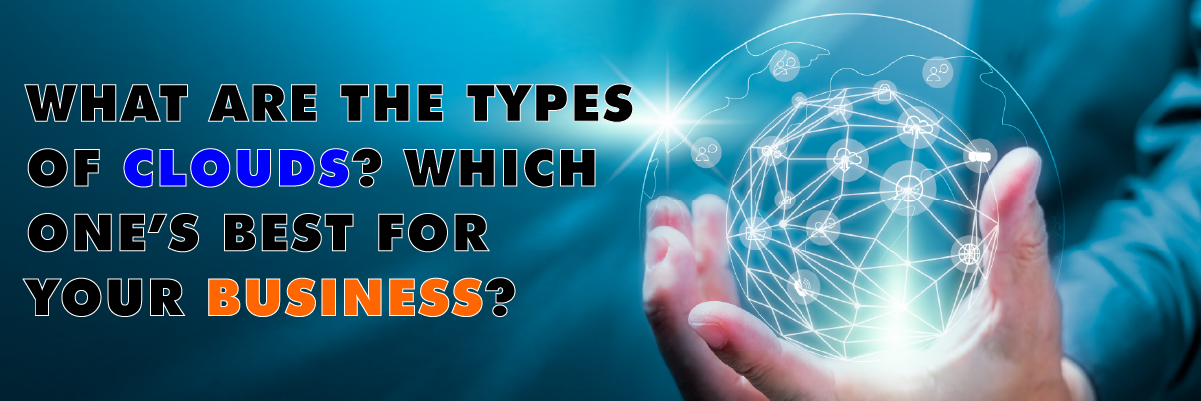
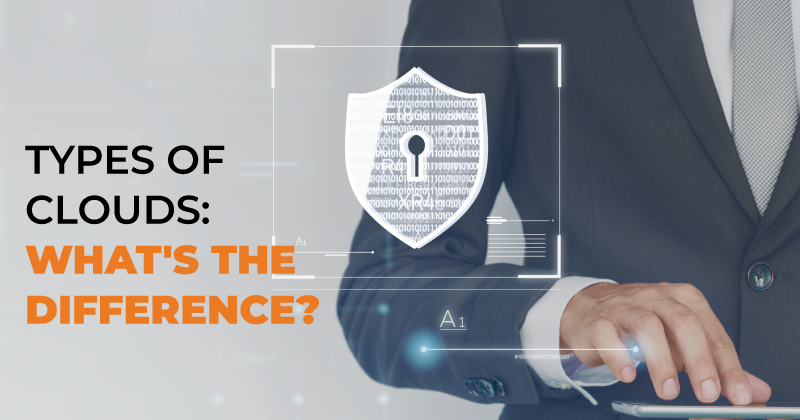 When you think of
When you think of  Public cloud architecture
Public cloud architecture

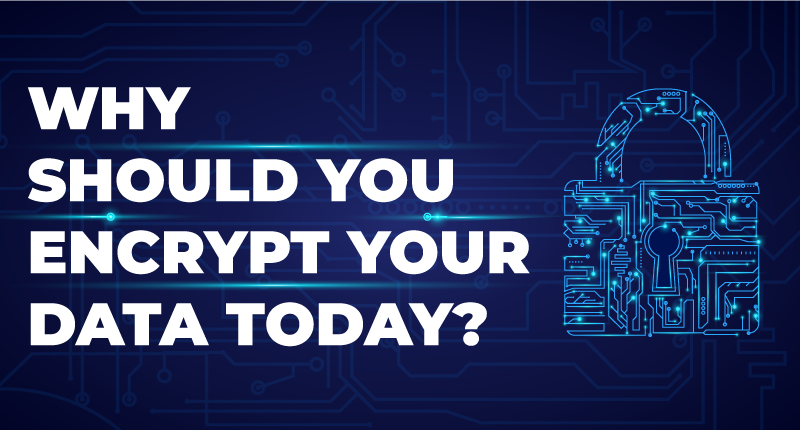 Data security has become a point for convergence with the widespread use of the Internet and the adoption of network applications. The information and data transmitted over the Internet should ensure its integrity, confidentiality, and authenticity. One of the most effective ways to resolve this issue is to leverage advanced encryption techniques. Encryption is one of the most crucial methods to secure data online. It’s a process of converting plain text into ciphertext that is not understood or transformed by unauthorized users. Encryption is a cybersecurity measure protecting sensitive data using unique codes that encrypt data and make it unreadable to intruders. This article will discuss fast-speed symmetric encryption, secure asymmetric encryption, and hash functions. Then we’ll figure out the importance of encryption and how can end-to-end data encryption prohibit data breaches and security attacks.
Data security has become a point for convergence with the widespread use of the Internet and the adoption of network applications. The information and data transmitted over the Internet should ensure its integrity, confidentiality, and authenticity. One of the most effective ways to resolve this issue is to leverage advanced encryption techniques. Encryption is one of the most crucial methods to secure data online. It’s a process of converting plain text into ciphertext that is not understood or transformed by unauthorized users. Encryption is a cybersecurity measure protecting sensitive data using unique codes that encrypt data and make it unreadable to intruders. This article will discuss fast-speed symmetric encryption, secure asymmetric encryption, and hash functions. Then we’ll figure out the importance of encryption and how can end-to-end data encryption prohibit data breaches and security attacks. Hash Functions
Hash Functions
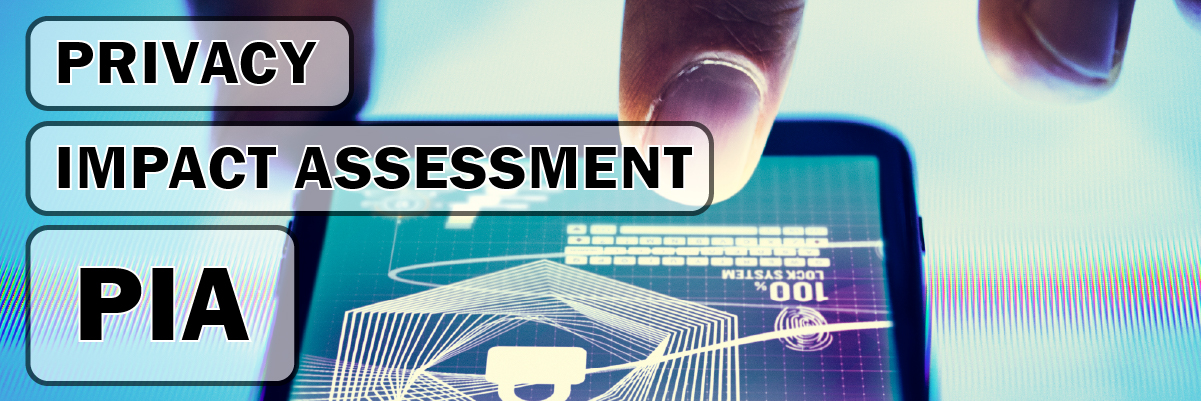
 Introduction
Introduction The responsibilities of SAOP/CPO include evaluating advanced technologies, online activities, programs, contracts, legislation, and regulations for potential privacy impacts. The formation of Privacy risk management and compliance documentation is one of the best practices recommended for ensuring the privacy of information stored by federal organizations’ IT systems. The SAOP/CPO must make and implement tools and techniques for evaluating the privacy impacts of all systems and programs. Moreover, robust security and privacy programs are vital for protecting Personally Identifiable Information (PII) used, collected, retained, shared, or disclosed by the organization. Federal organizations must implement privacy and security risk mitigation in the initial phases of the project. [3]
The responsibilities of SAOP/CPO include evaluating advanced technologies, online activities, programs, contracts, legislation, and regulations for potential privacy impacts. The formation of Privacy risk management and compliance documentation is one of the best practices recommended for ensuring the privacy of information stored by federal organizations’ IT systems. The SAOP/CPO must make and implement tools and techniques for evaluating the privacy impacts of all systems and programs. Moreover, robust security and privacy programs are vital for protecting Personally Identifiable Information (PII) used, collected, retained, shared, or disclosed by the organization. Federal organizations must implement privacy and security risk mitigation in the initial phases of the project. [3]